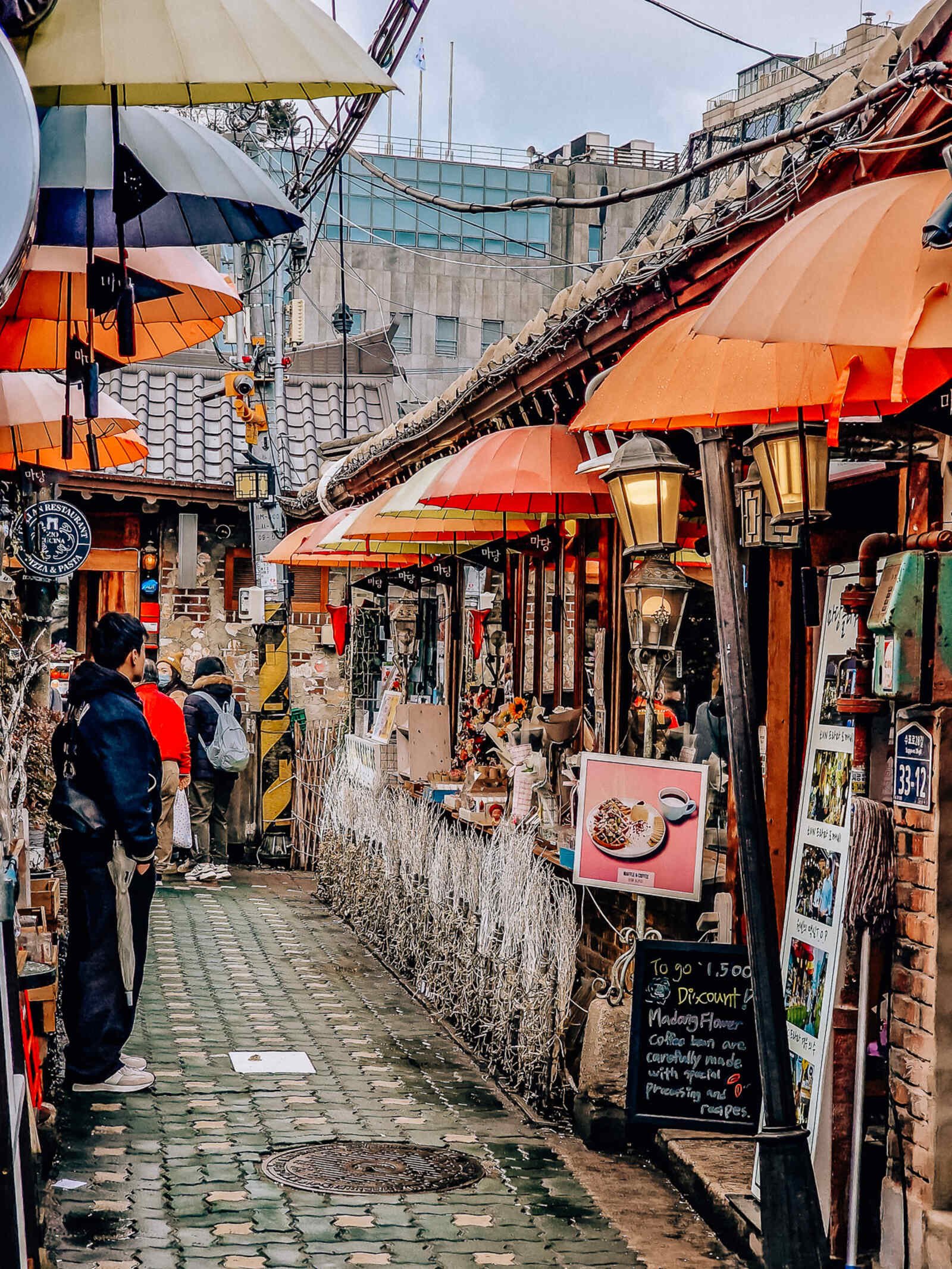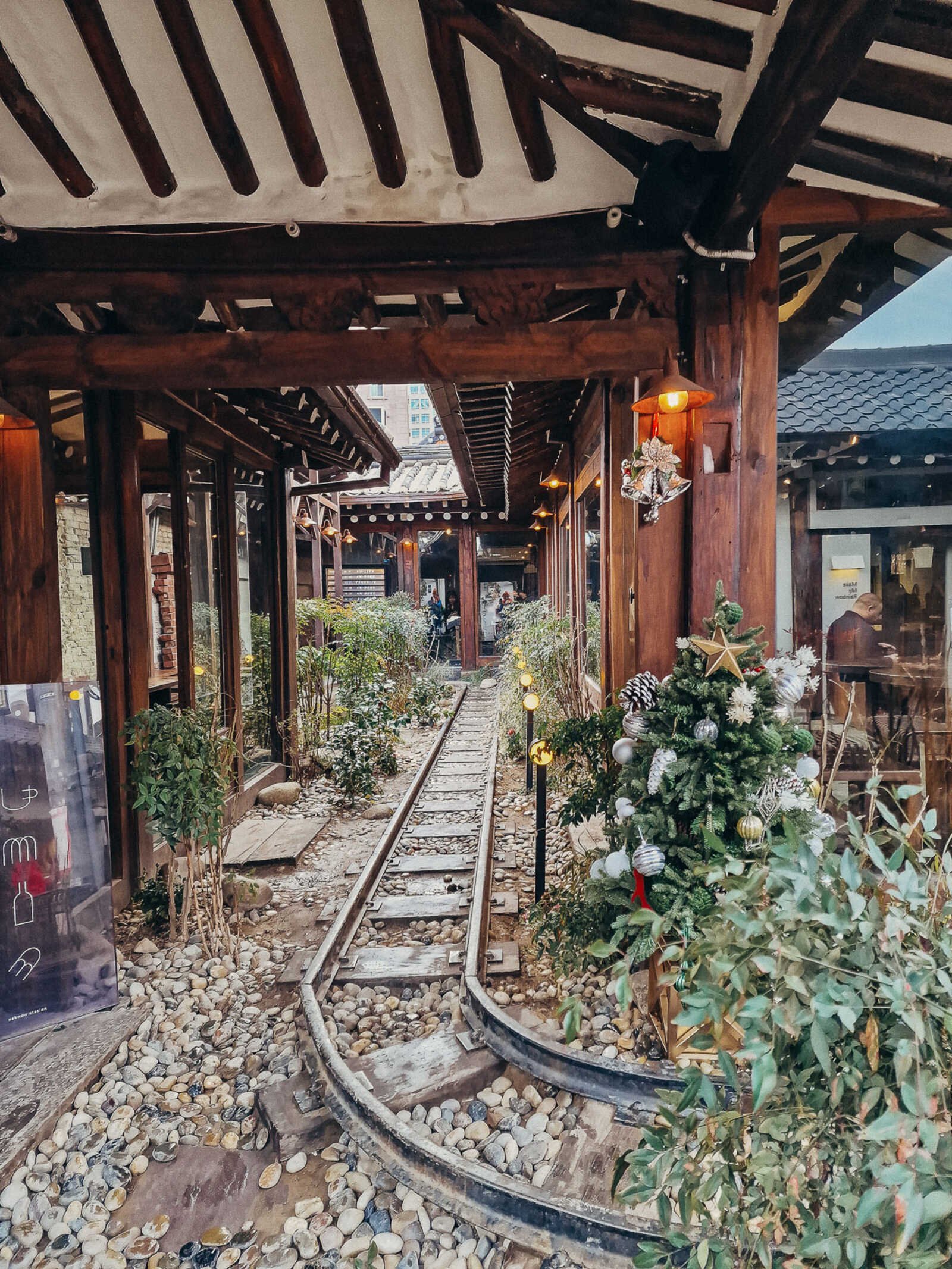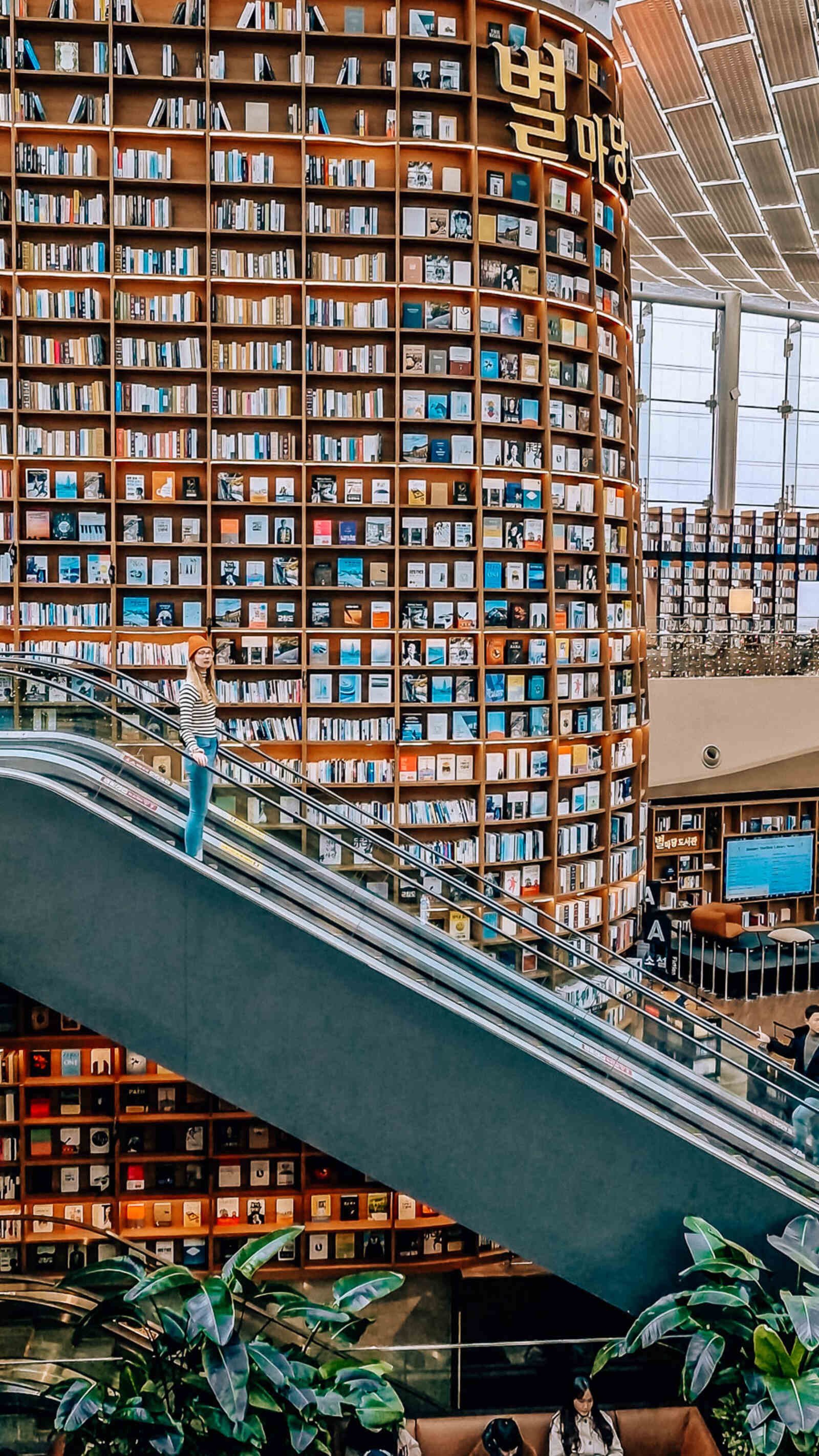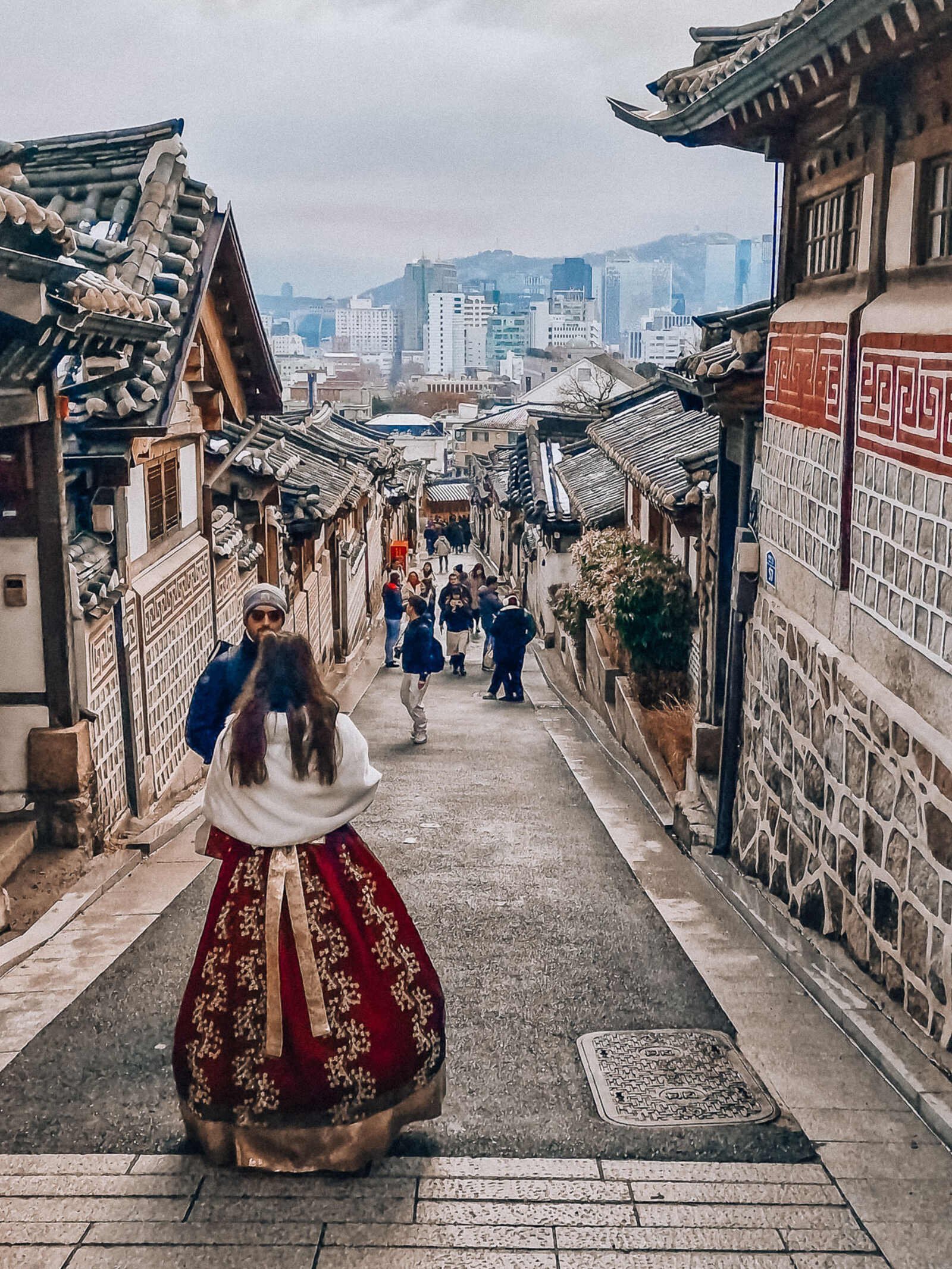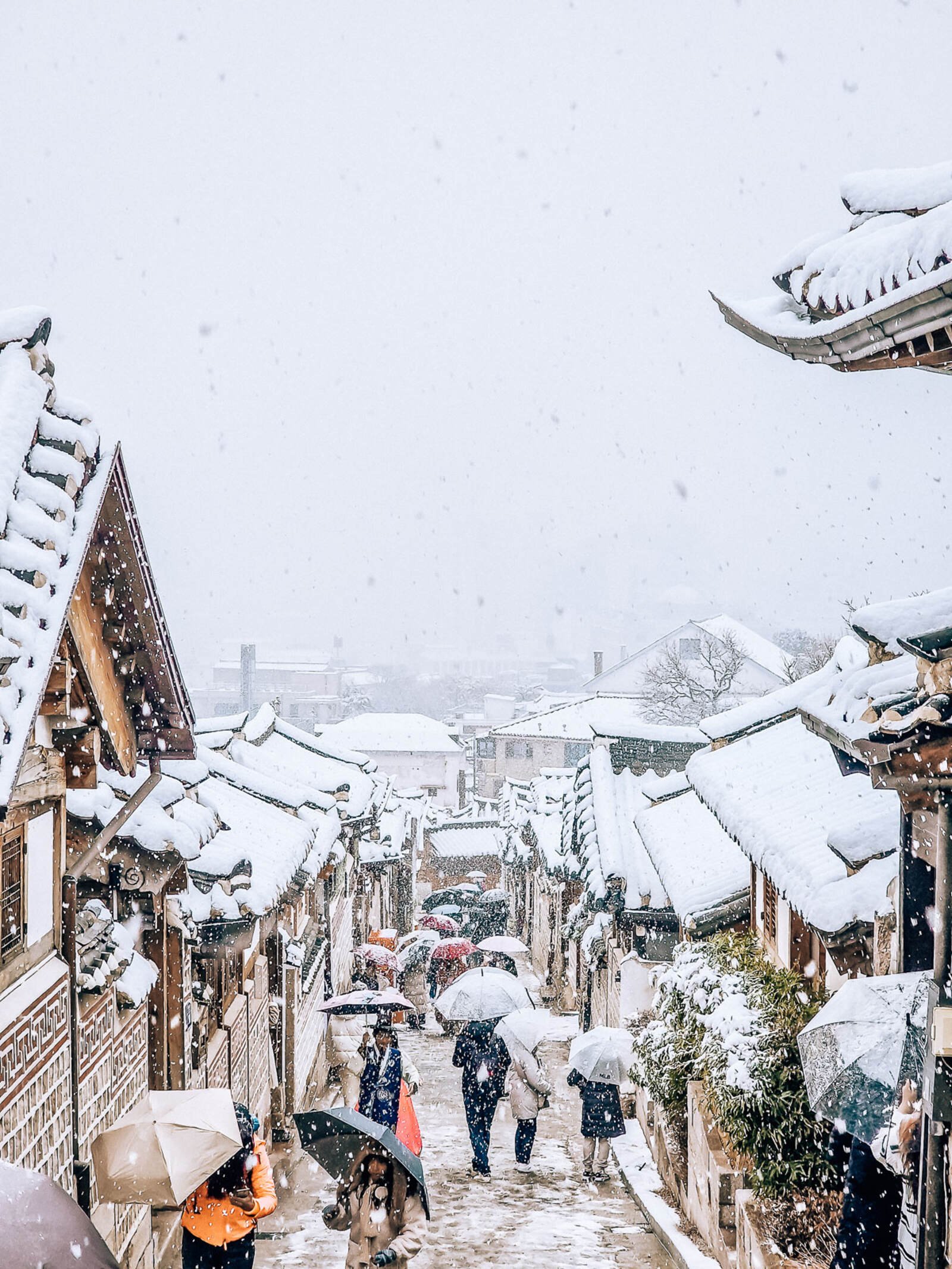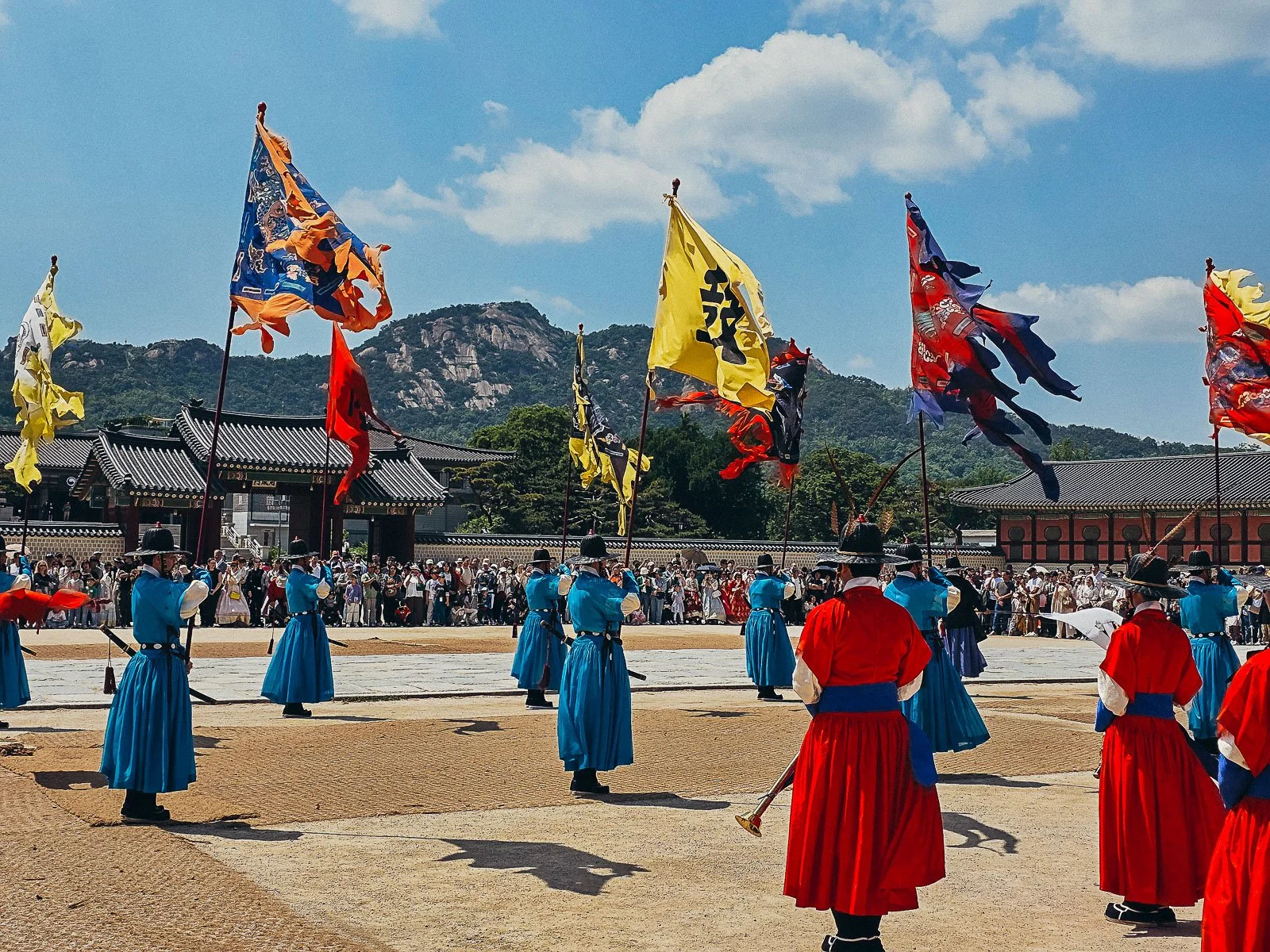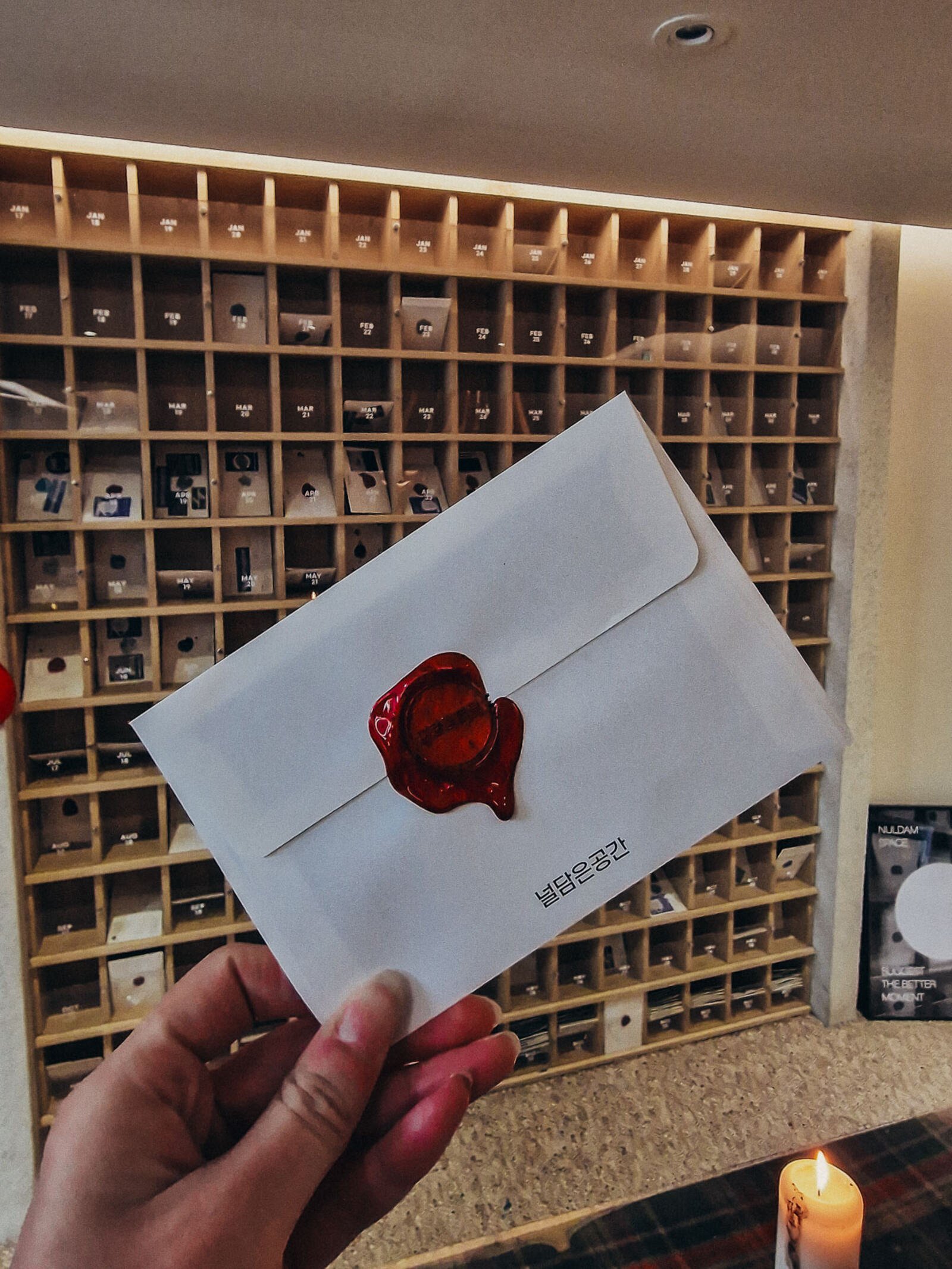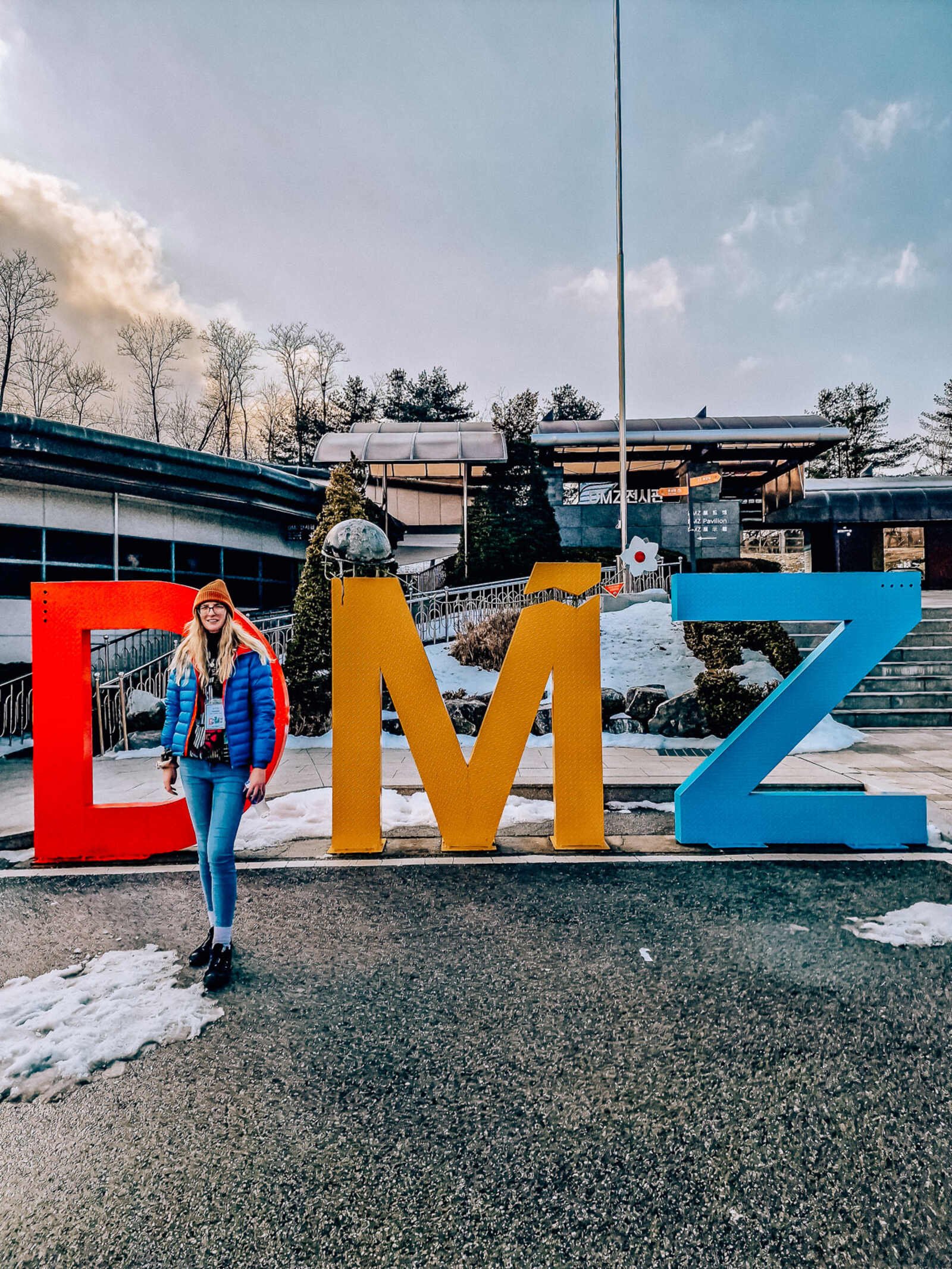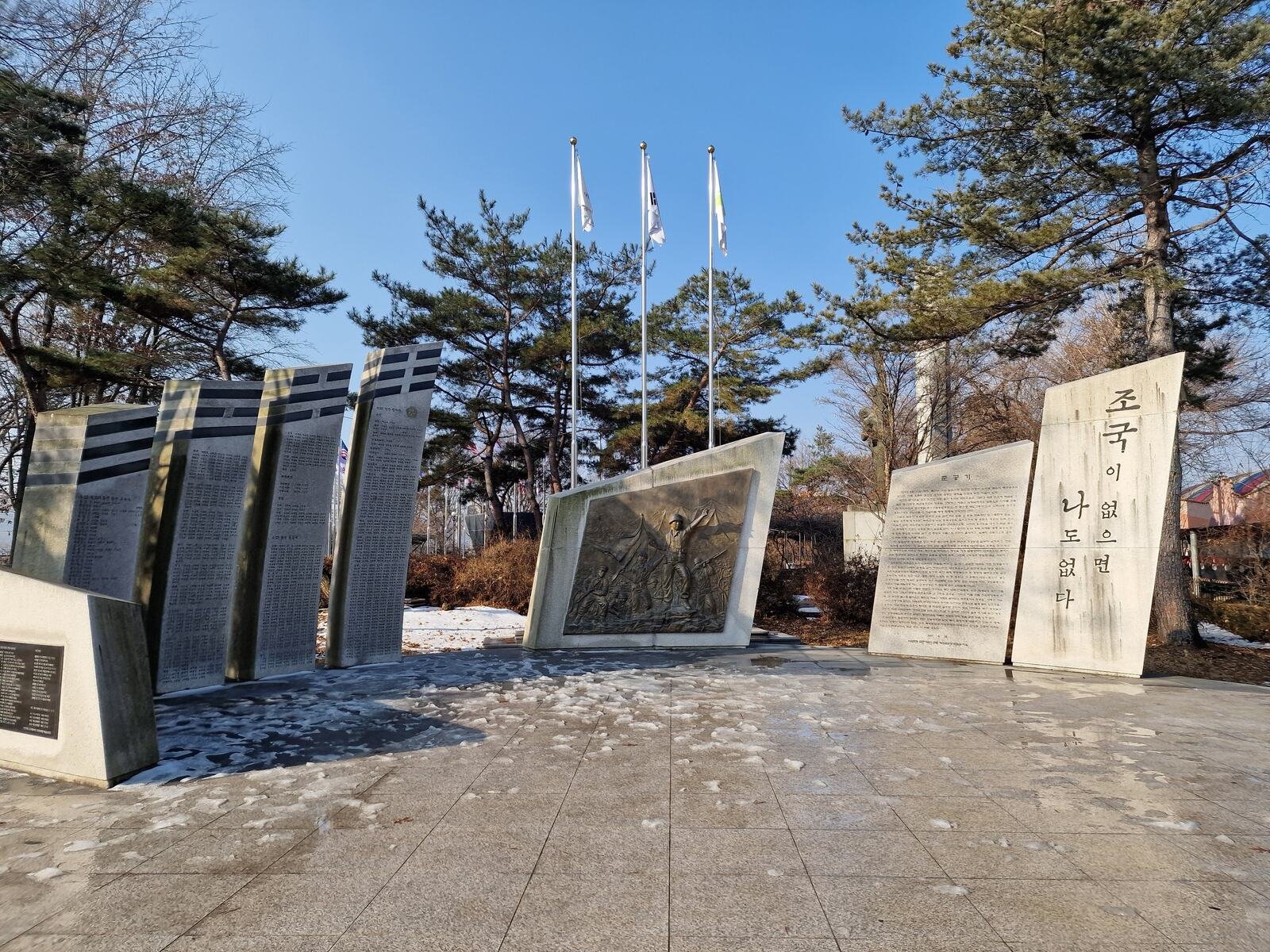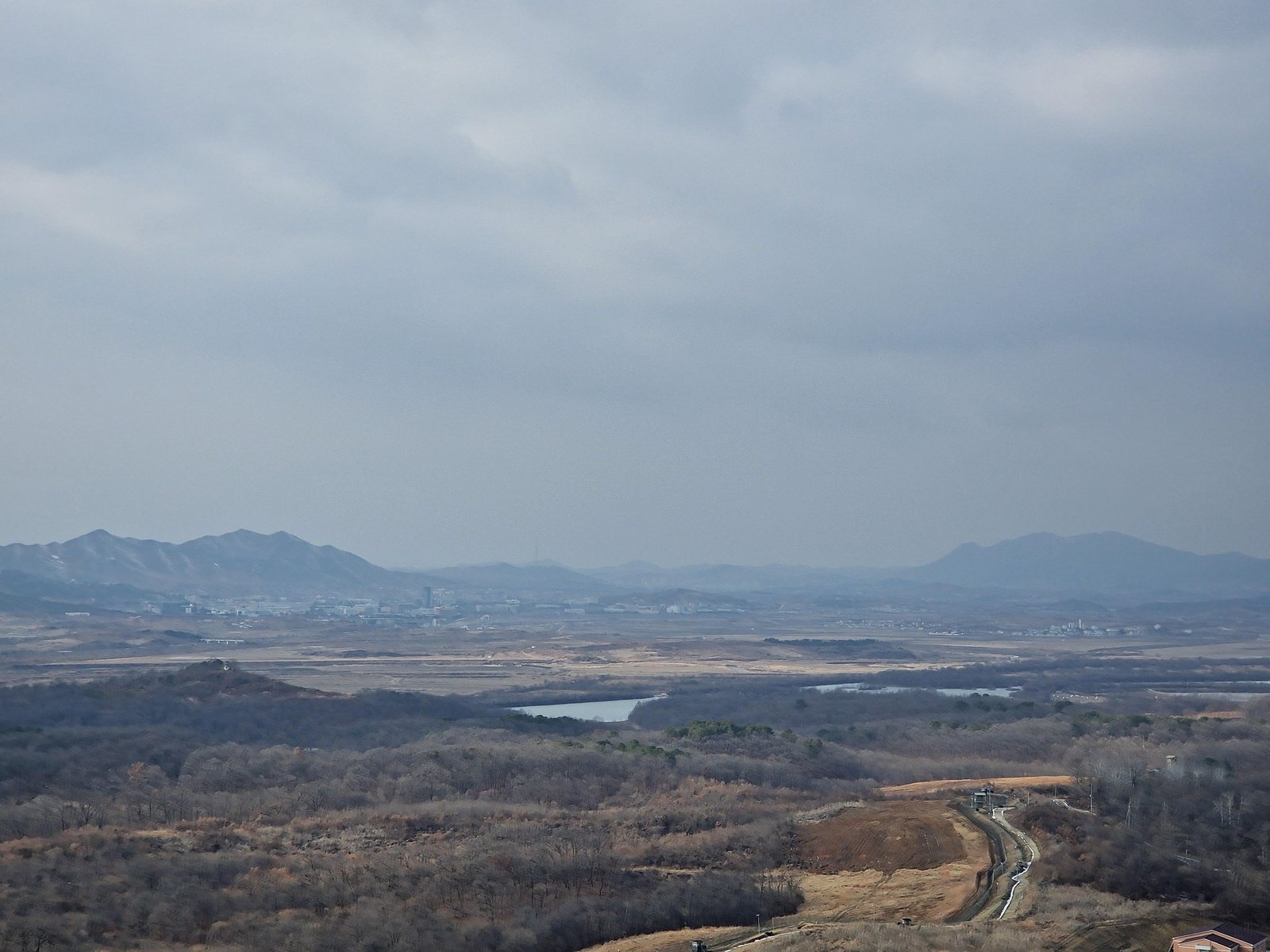I have never spent time anywhere as effortlessly cool as these 3 days in Seoul, South Korea.
Seriously, I felt like I’d stepped onto a movie set of a cool city story with well-dressed people looking effortlessly chic, in a metropolitan city with all the glitz and glam but also the quirky cafes and oh-so-cool neighbourhoods full of alternative stores and boutiques.
Okay maybe I’m being a bit dramatic but I’m not generally a city-loving person and yet Seoul had a VIBE that I LOVED, with loads to do, great food, amazing prices and loads of great hotels.
So if you’re perhaps researching or considering a trip to Seoul, I hope this 3 day Seoul itinerary gives you the inspiration you need to plan a trip!
If you’re visiting as part of a longer trip, don’t miss my South Korea 10 day itinerary or plan your trip to Jeju island.
article originally published in March 2024 but updated in August 2025
Bukchon Hanok Village
Disclosure: This post may contain affiliate links, which means I may receive a commission if you click a link and purchase something. While clicking these links won't cost you anything, they will help me to keep this site up and running! Check out the full disclosure policy for more details. Thank you so much!
Seoul travel tips to know before you go
Google Maps does not work in Korea. Download their equivalent maps app before you go. The best are Naver Map (which is what we used) or Kakao Map (also popular as it’s connected to Kakao Taxi - their version of Uber)
Download Google Translate before your trip and then download the Korean language so you can always translate anything even when you don’t have an internet connection. The offline language setting also means you can do the live camera translation which is super handy for translating signs or menus on the go
Credit and Debit cards are widely accepted and you will have no problem using them
Purchase a T-Money card from one of the convenience stores as soon as you arrive. This is the national transit card and can be used to pay for public transport all over Korea with a similar contactless payment. Convenience Stores are 7-Eleven, GS-24 and CU stores.
Wifi is common but not everywhere, I recommend downloading an eSIM for Korea - I use Airalo.
Korea uses the Korean won currency
It’s likely you will receive some of their emergency alerts on your phone while you’re there. This terrified us at first, especially as they’re all in Korean so we didn’t know what they said. But we realised you can press and hold then copy and paste into your Google Translate app. All the alerts we had were weather warnings, a missing person and warnings about fireworks as we were there for New Year - so this system is mostly used for general announcements too - don’t panic!
Even if you are a country which is visa exempt for travel to Korea, you will most likely still need a K-ETA (Korean Electronic Travel Authorisation). I had a panic two days before when I realised I needed to apply for one! It came through in about 1 hour so all good, but click here to check if you need one!
Is 3 days in Seoul enough?
While you’re never going to see enough of Korea in 3 days to fully experience the country, three days in Seoul is plenty of time to see the city’s main sights and do a one day trip. If you want to explore more of the suburbs areas or do more day trips from Seoul - especially to the mountains if you’re visiting in the summer, then I would recommend 5 days.
Where is the best area to stay in Seoul?
I found this a really tricky question to answer when we were planning our trip. We ultimately ended up staying in two areas of the city because on one night we were spending New Year with friends in a hotel in Gangnam near the Starfield Coex Mall.
The Gangnam area is great if you want to shop and easily get to big malls as well as all the fancy hotel chains being based around there.
But for the rest of our time, we stayed in Myeongdong and this is the area I would definitely recommend as the perfect place to base yourself for your 3 days in Seoul.
Myeongdong is centrally located and has multiple metro stations within a short walking distance which gave us access to all the metro lines and easy access from Seoul Incheon International Airport.
It’s a lively area with lots of great hotels for a variety of budgets and we also found that the Myeongdong Station was a popular pick-up point for day tours, which came in handy for our DMZ day tour as it meant we only had a short walk to the station for our early morning pick up.
We stayed at this hotel in Myeongdong - Sotetsu Hotels The Splaisir Seoul Myeongdong which I highly recommend, the rooms were huge, modern and comfortable. It’s centrally located but tucked down a quiet street so it was nice and peaceful. They also offer breakfast, airport transfers and luggage storage.
The best Seoul 3 day itinerary
Day 1 - Myeongdong and Namsan
Kick off your first day with breakfast, if you don’t have breakfast included at your hotel, I recommend exploring the epic cafe scene in Seoul.
If you’re staying in Myeongdong, the Molta Italian Espresso Bar is a great coffee shop for a drink and sweet treats, plus it has an amazing terrace with a view of Seoul Cathedral.
Seoul Cathedral
Street lined with cafes
Or for a more savoury breakfast, you have to visit Isaac Toast and Coffee Myeongdong. Isaac Toast is basically an institution in Seoul and their epic toasties are affordable and tasty - plus who doesn’t love a toast restaurant?!
After breakfast, take the cable car up Namsan mountain for the best views of the city.
Head towards “Namsan Cable Car” on Naver Map or Kakao Map. There’s a free funicular lift up from the main road which takes you to the cable car station.
The cable car costs 15,000 won (£8) for a round trip or 12,000 won for one way. There is a trail to walk up or down the mountain if you choose to only go one way although we were there in the winter and it was pretty icy so I wouldn’t recommend taking the path if you’re visiting Seoul in winter!
The cable car ride takes around 3-4 minutes to reach the top of Namsan Mountain in Namsan Park.
From the observation deck at the top you can enjoy incredible panoramic views of the whole city, see the skyscrapers and the mountains beyond - I really never expected such a spectacular view from right in the middle of a city!
View of Seoul from Namsan Mountain observatory deck
The Seoul TV Tower, or Namsan Seoul Tower, is also located at the top of Namsan Mountain and you can pay an additional fee to go to the top of the tower. However the views were already great so we decided not to pay extra.
You can stay at the top of the mountain for as long as you like, the cable car ticket is valid for return at any time during the day.
After your return from the mountain, explore one of the lesser visited Hanok villages in Seoul.
While the most famous traditional Korean village will be part of tomorrow’s itinerary because it’s close to the Royal Palaces, I recommend visiting one or two other traditional Hanok villages because they are less crowded and they all have a unique character.
Namsangol Hanok Village in Seoul is a traditional village with five restored Hanoks and some of the traditional hanok houses and buildings date back to the 1300s!
It’s free to visit and is a charming, peaceful place with stunning traditional architecture and there’s also traditional Korean style gardens and residences which were used for royalty.
Ikseon-dong Hanok Village is another hanok village completely different but still with the unique and charming winding alleyways and traditional architecture. This village is famous for its quirky cafes, boutique shops and unique stores. I’ve picked up some great jewellery from here and I also love the Aledang taproom which is along the street pictured below.
Ikseon-dong Hanok Village
Cafe in Ikseon-dong Hanok Village
From a cheese cafe to a toast cafe, to coffee shops with a train track in it, to dessert restaurants, this is a super cute and fun area to explore and grab a bite for lunch.
Depending on how quickly you’ve completed everything so far, you might have a couple of hours still before the evening night markets and time to explore Myeongdong. If you do, I have a few fun suggestions and hidden gems for other things to do in Seoul:
Starfield Library at Coex Mall - located in Gangnam (famous for Gangnam Style of course!) on the other side of the river, if you’ve seen pictures online of this famous library, now is your chance to visit. Get here on the Green Line 2, the nearest station is Samseong World Trade Center Seoul
Gwangjang Market - this traditional market is great for clothes shopping, souvenirs, gifts and traditional food, an essential experience in Seoul
Seoullo 7017 - one of the more unique things to do in Seoul is to visit this city park. The reason it’s so unique is because it’s actually built on a disused highway overpass from the 70s. The park is 1km long and this urban eyesore was converted into green, public space in 2017 - such a cool concept and it’s right next to Seoul Station
Starfield Library in Coex Mall
In the evening, head over to Myeongdong Night Market. I don’t think I’ve ever spent so long at a night market but there was so much great food, interesting stalls and the streets themselves are full of shops with actually nice stuff (not the usual tatt you find in some markets).
Particularly, there are lots of beauty and fashion stores here. Most stores will have tax-free shopping so make sure you take your passport to show you’re a tourist so you can purchase items tax free.
If you’re a beauty fan then you’ll know that Korean skincare and makeup is NEXT LEVEL. I had such a great time stocking up on skincare here. Olive Young is their drugstore type beauty shop (like Boots in the UK or Sephora) for all Korean products. But I also went to a few brand stores such as Holika Holika.
Take this chance to have street food in Korea! I know I’m sometimes a bit worried about food hygiene but regulations and standards are so high in Korea, I wasn’t concerned and there are so many street vendors with different food to try!
We had amazing Korean orange chicken, spicy gyozas, egg cheese bread, cheese pancakes, seaweed rolls and toasted ice cream. The prices were great and we ate sooo much!
The whole atmosphere here is great and a fun evening!
Korean Orange Chicken
Korean Gyoza
Day 2 - Historic attractions and Hongdae
Start your day early by heading to Bukchon Hanok Village. This is the most popular Hanok village in Seoul because it’s very beautiful, popular with photographers and its position on a hill means you have beautiful views of the modern city skyline contrasting with the traditional Korean houses, cobbled streets and architecture.
Because of this, I’d recommend getting here around 8am, definitely before the 9am crowds! Even at 8am there will already be photoshoots or small groups in traditional outfits.
Bukchon Hanok Village with a view of Seoul in the distance
The same view in Bukchon Hanok Village in the snow
If you’re interested in hiring a traditional Korean Hanbok outfit, you can also do it in this area. Those wearing traditional dress (men and women) can get free entry to a lot of main attractions such as the grand palaces and museums.
Spend some time wandering around the village before you walk over to the Gyeongbokgung Palace.
The largest palace is a stunning 14th-century royal residence and the grounds are huge! I recommend getting here to see the changing of the guard which happens each day at 10am. Don’t worry if you miss it, there’s another changing of the guard at 2pm.
The changing of the guard which I had chance to experience on my second visit in the summer months
Coming from the Hanok village, you will most likely enter at the east gate. Entry is 3000 won (£1.60). However the changing of the guard happens at the south gate - Gwanghwamun. This is such a unique thing to experience, I definitely recommend you make time to see it on your 3 day itinerary in Seoul.
While you’re in the palace grounds, make sure you explore all around the many buildings as well as the park and Hyangwonjeong Pavilion on the lake. Also the National Folk Museum of Korea is free to visit inside the grounds if you’re interested.
Gyeongbokgung Palace
The Folk Museum of Korea
After a long morning exploring, if you’re looking for nearby refreshments, I highly recommend the Nuldam Cafe which is a vegan cafe that allows you to write letters to your future self and they will post the letter to you on the date of your choosing the following year - so cute, you get a wax seal for your letter and post internationally!
Sending our letter from Nuldam Space cafe
Or if you’re in the mood for something a bit stronger, nearby Kiwa Taproom is a super cute taproom with local brewery beers and in a really cool traditional building - sort of like the ones in the hanok village. We only went in for one but ended up having a couple!
Kiwa Taproom in a traditional Korean building
If you have time you can also visit the famous UNESCO World Heritage Site, Changdeokung Palace, from the 15th century Joseon Dynasty which is significant in Korean history and culture. In the grounds you’ll also find the Jongmyo Shrine which is only 1000 won entrance fee.
In the late afternoon/evening, head over to the super cool Hongdae area. This is the super cool area of the city, packed with neon lights, restaurants, bars, street performers and k-pop dancing all happening in the large pedestrianised Hongdae Shopping District area.
We spent the evening here shopping in the market stalls, having fun in the arcades and photobooths, getting a few drinks and eating as much Korean food as possible!
In this area you can also get the famous Korean “Uncle’s Painting” souvenir to take home with you. This is a black and white caricature done in around 5 minutes by artists in Seoul. It was so much fun and only cost 20,000 won (£12) - such a fun activity and a great souvenir to take home and frame. We got one of the two of us and another of our cat!
Our uncle’s painting
We went to “Acorn Caricature” in the Hongdae/Hongik University area. However there are several other locations in the city. This is the Google Maps link to the one we went to. This is the Naver Maps link to it.
Day 3 - DMZ day trip from Seoul or another day trip
DMZ Visitor’s Center
The DMZ is the Demilitarized Zone which acts as a military buffer zone between North and South Korea. It was established in 1953 after the Korean War armistice.
From here you can see the reunification villages, the towns and people in North Korea going about their lives. You can learn about the war and the history of the DMZ as well as its ongoing role today.
I’ll start this by saying that I completely understand that for one reason or another, visiting the DMZ is not for everyone. For that reason, I want to say that there are so many other great day trip options from Seoul if you would still like to experience something beyond Seoul.
Other day trips we considered were Nami Island and the Garden of Calm, or the Gangchon rail bike and culture tour of Gangwon-do.
For those who are interested in the DMZ day tour from Seoul, this is the exact DMZ tour we did and I thought it was fantastic - so informative and such an eye-opening experience.
The tour page is pretty self-explanatory, but I’m going to give you a bit of info here or you can find my full DMZ tour review here.
Firstly, you must have your passport with you for this tour. You are entering an active military zone and there are checks when your tour guide registers you for your tickets and then the military come on the bus and cross check the register with you and your ID - so if you forget your passport, you cannot go into the DMZ.
The border between North and South Korea
Secondly, being an active military zone means the DMZ can close or shut down to public visitors at short notice, there is nothing your tour guide or tour company can do about that.
Thirdly, you can take pictures everywhere in the DMZ except for inside the 3rd Tunnel and at the military checkpoint when the soldiers board the bus to check your passport.
How the day works:
1. Pick up from your chosen pick up point in Seoul. Make sure you book in advance as there is a limit on the number of buses and members of the public that can enter each day, although this number is a few thousand so we were able to book just 3 days in advance and be fine.
2. You will have another stop on the way. We could choose between a lake suspension bridge or a mountain suspension bridge when we booked the tour online. This not only allows you to see more of the Korean countryside beyond Seoul, but also serves as the time for your tour guide to collect your passport details ahead of giving them for the ticket registration for the DMZ.
3. We had a short wait and an early lunch at the visitors centre area while we waited for our passport details to be checked and visitor tickets issued.
4. Then we were in the DMZ which included several stops: the Freedom Bridge, the Peace Bell, the destroyed Locomotive, the border crossing, the reunification village and then on to the two main stops.
Korean War Memorial in the DMZ
5. We watched a short informative video before going inside the Third Tunnel, this is the infiltration tunnel built by the North and discovered by the South. It is super deep and does get quite claustrophobic at the end - where you are just 170m from the border between North and South Korea! You will be given hard hats and asked to leave all your belongings (including phone and photography equipment) in a locker before entering the tunnel.
6. The Dora Observatory - this is an information centre, cafe and observatory deck where there are binoculars that allow you to look over at North Korea. From the deck you can see people, military bases, villages, farm animals and basically everything that’s going on just across the border.
North Korea
7. After the full day, you are returned to Seoul by around 4-5pm.
Cafe overlooking North Korea
While this can be considered Dark Tourism, I found this to be an incredibly insightful, eye-opening and informative tour. All Korean men are conscripted to serve in the Korean Army for at least 2 years before they turn 35 and our tour guide had already done his service.
Hearing his experience, his knowledge and the sombre stories about the war and lasting impacts were more than I’ve ever known or learnt about the Korean War previously.
The hopes for reunification are still evident everywhere both in his tour guiding information and in the information, signage and shrines and temples in the DMZ.
If you’re interested in visiting the DMZ, I really recommend this tour.
For dinner, I highly recommend trying Korean Dakgalbi and you’ll find loads of Dakgalbi restaurants in Seoul, but we went to this one with a local friend in the Myeongdong area.
Dakgalbi is a spicy stir-fried chicken which is cooked in a large pan at your table and you can add other optional toppings. A popular one is cheese which we had and wow - it was so so yummy!
Korean Chicken and Cheese Dakgalbi
FAQs: 3 days in Seoul itinerary
How many days in Seoul do you need?
This entirely depends on the type of trip and type of traveller you are. If you want to get a good feel for the city and see what it has to offer, then this Seoul 3 days itinerary is a great place to start and a 3-day trip is plenty of time.
However, if you plan to visit and explore more of the cafe culture scene in Seoul, some of these cafes are more in the suburbs and you might need longer for them all.
Similarly, if you're planning to visit in the warmer months for several hiking trips in the mountains around Seoul, you might want to consider a 5-7 day Seoul itinerary.
Is three days in Seoul enough?
Seoul in 3 days is plenty of time to see the main sights in the city as well as giving yourself the option to include a day trip from Seoul.
What is the best area of Seoul to stay in?
I personally think that Myeongdong is the best area to stay in Seoul. It’s centrally located with several metro stations that keep it well-connected to the rest of the city. There are plenty of hotels and restaurants nearby and it’s a popular pick up location for day trips too.
Is it expensive to visit Seoul, Korea?
Expensive is subjective, but I would say that as a capital city, Seoul is cheaper than I expected. I would say that accommodation is definitely cheaper than other similar capital cities in Asia such as Tokyo. However, food was maybe slightly more expensive than Japan. We found tickets and attractions to be much cheaper than expected, usually just £1-3 in Seoul.
Is Seoul friendly to tourists?
The people in Seoul are very welcoming to tourists and while I wouldn’t say that anyone goes out of their way to talk to you or interact in public, there is definitely no animosity or unfriendliness to tourists.
Is Seoul English friendly?
Seoul is definitely the most English friendly place in Korea (as well as Busan) and while we didn’t have any trouble with finding information or getting around, we definitely used our Google Translate app a lot.
Most, but not all, restaurants had an English menu, most signage in the metro station was in English or clear enough to understand. But not as many people speak English and even when you’re using Naver Map, although you can type in English, it doesn’t always work and you sometimes need to copy and paste the Korean name from Google or Google Maps!
Can you drink Korean tap water?
Yes. Korea has exceptionally high standards and regulations around hygiene, food standards and water quality so you can definitely drink the tap water.
Summary: Seoul 3 days itinerary
I hope this 3 days Seoul itinerary has given you plenty of inspiration and ideas for planning what to do in Seoul for 3 days.
Seoul is such a fun city with so much to do, whether you’re looking for Korean culture, sightseeing, hikes, cafe culture, museums, great day trips or quality food - Seoul has it all.
Pin for later to plan your trip!




